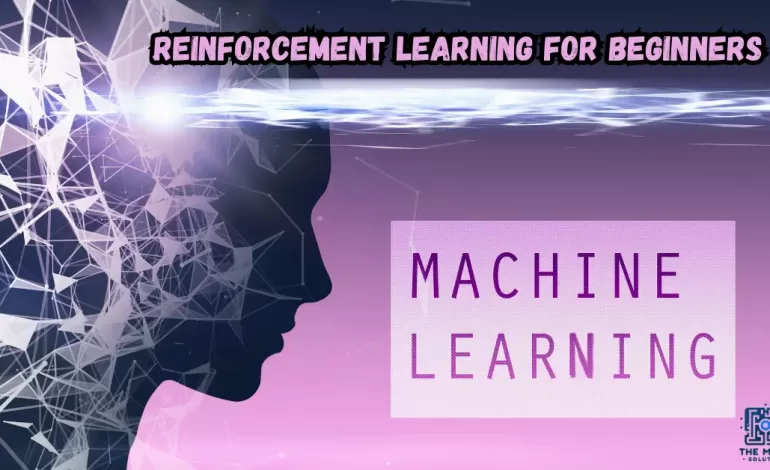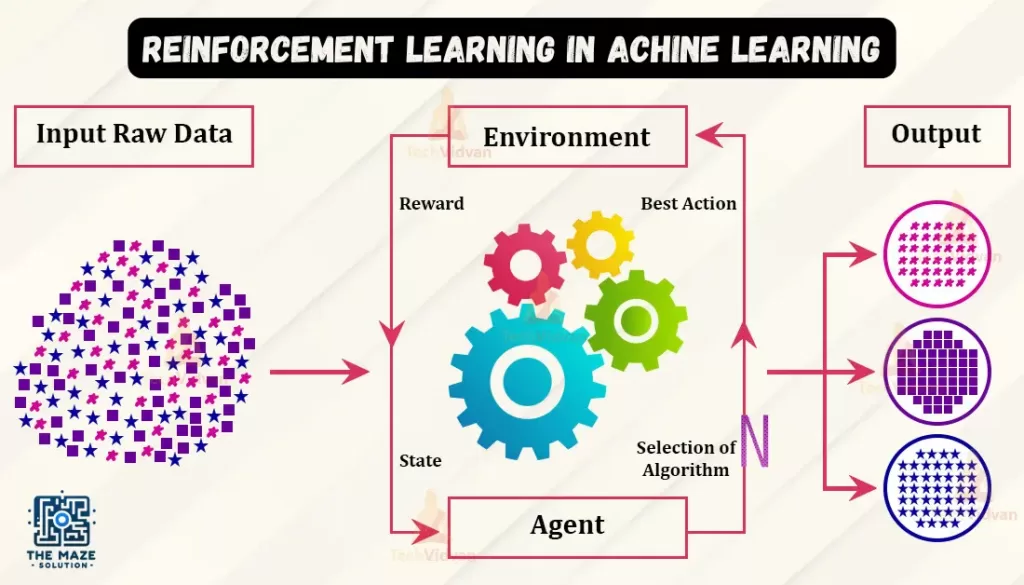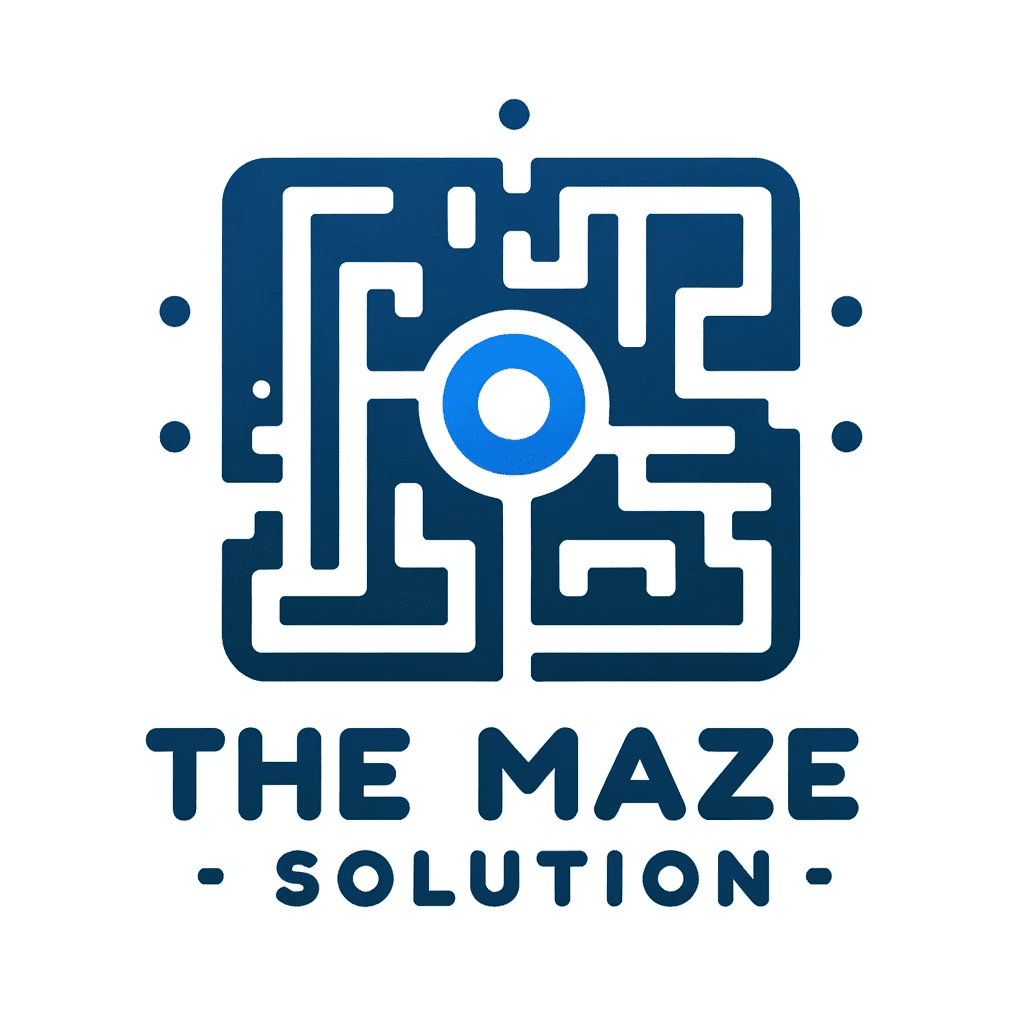Reinforcement Learning for Beginners: A Step-by-Step Tutorial on Deep Learning, Value-Based Methods, and Neural Network Basics

Welcome to the world of reinforcement learning for beginners —a realm where machines learn from experiences, adapting and improving over time. This article serves as a comprehensive guide for beginners, offering insights into the fascinating concepts of deep learning, value-based methods, and neural network basics. Whether you’re a tech enthusiast, an AI beginner, or a seasoned data scientist, this step-by-step tutorial will illuminate the path to mastering these cutting-edge technologies.
What is Reinforcement Learning?
Reinforcement learning is a subset of machine learning that focuses on training algorithms through trial and error. Unlike supervised learning, which relies on labeled data, reinforcement learning allows an agent to make decisions by interacting with its environment. The agent learns by receiving rewards or penalties based on its actions, aiming to maximize cumulative rewards over time.
Key terms in reinforcement learning include the agent, which is the learner or decision-maker, and the environment, which provides feedback. Rewards are signals that guide the agent’s actions, while actions are the choices made by the agent. Understanding these concepts is crucial for grasping the fundamentals of reinforcement learning.
Reinforcement Learning for beginners
For those new to Reinforcement Learning for beginners , a beginner’s guide can demystify complex ideas and provide a clear learning path. Start by exploring simple decision-making scenarios, like teaching a virtual dog to fetch a ball. In this scenario, the agent (the dog) learns which actions (fetching the ball) result in rewards (treats).
Through iterative trials, the agent refines its approach, optimizing for successful outcomes. Such examples highlight the decision-making process inherent in reinforcement learning and offer a tangible starting point for newcomers.

Deep Reinforcement Learning: An Advanced Approach
Introduction to Deep Reinforcement Learning
Deep reinforcement learning combines the principles of reinforcement learning with deep neural networks. This integration allows for more complex problem-solving capabilities, enabling agents to tackle challenges in high-dimensional spaces. Unlike traditional reinforcement learning, deep reinforcement learning leverages neural networks to approximate value functions and policies.
Key Algorithms in Deep Reinforcement Learning
Among the prominent algorithms in deep reinforcement learning are Deep Q-Networks (DQN) and Deep Deterministic Policy Gradient (DDPG). DQNs utilize neural networks to estimate action values, optimizing decision-making in complex environments. DDPG, on the other hand, excels in continuous action spaces, allowing for smooth and precise control.
Understanding these algorithms provides a foundation for exploring advanced reinforcement learning techniques. By studying their mechanics, you can unlock the potential of deep reinforcement learning in practical applications.
Understanding Value-Based Methods in Reinforcement Learning
What Are Value-Based Methods?
Value-based methods focus on estimating the value of different actions to guide decision-making. These methods play a vital role in reinforcement learning, enabling agents to assess the long-term benefits of specific actions. By calculating the expected rewards associated with various choices, value-based methods empower agents to make informed decisions.
Examples of Value-Based Algorithms
Q-Learning and SARSA are two widely used value-based algorithms. Q-Learning seeks to find the optimal action-selection policy by iteratively updating action-value estimates. SARSA, an acronym for State-Action-Reward-State-Action, follows a similar approach but incorporates the next action into its updates.
To illustrate these concepts, consider a self-driving car navigating a city. By using value-based methods, the car can determine the best actions to take at intersections, maximizing its efficiency and safety.
Neural Network Basics for Reinforcement Learning
Why Neural Networks are Crucial for Reinforcement Learning
Neural networks are integral to reinforcement learning due to their ability to approximate complex functions. In reinforcement learning, neural networks serve as function approximators, mapping states and actions to expected rewards. This capability empowers agents to handle intricate tasks and make informed decisions.
Fundamental Neural Network Concepts
To understand neural networks, familiarize yourself with key concepts such as neurons, layers, activation functions, and backpropagation. Neurons are the building blocks of neural networks, organized in layers to form deep architectures. Activation functions introduce non-linearity, enabling networks to learn complex patterns. Backpropagation is the process through which networks update weights, optimizing performance over time.
Building Neural Networks for Reinforcement Learning
Creating a neural network for reinforcement learning involves several steps. Begin by defining the architecture, including the number of layers and neurons. Select appropriate activation functions to capture non-linear relationships. Train the network using iterative updates and evaluate its performance on reinforcement learning tasks.
By following these steps, you can construct a neural network capable of tackling diverse reinforcement learning challenges. This foundational knowledge is crucial for those seeking to develop sophisticated AI systems.
Getting Started: Practical Implementation of Reinforcement Learning Algorithms
Setting Up Your Environment for Reinforcement Learning
To implement reinforcement learning algorithms, you’ll need the right tools and libraries. Popular options include Python, TensorFlow, and PyTorch. These frameworks provide powerful capabilities for designing and training reinforcement learning models. Additionally, consider exploring environments like OpenAI Gym, which offers a variety of simulated tasks for experimentation.
Hands-On Tutorial: Implementing a Simple Reinforcement Learning Algorithm
To illustrate the process, let’s walk through the implementation of a basic reinforcement learning algorithm using Python. Begin by importing necessary libraries and defining the environment. Next, initialize the agent and specify the reward structure. Use iterative learning to update the agent’s policy, refining its decision-making over time.
By following this hands-on tutorial, you’ll gain practical experience in implementing reinforcement learning algorithms. This knowledge serves as a stepping stone toward more advanced projects.
Challenges and Future Trends in Reinforcement Learning
Common Challenges Faced by Beginners
While reinforcement learning offers exciting possibilities, beginners often encounter challenges on their learning journeys. Complex mathematical concepts, large state spaces, and unstable training processes can pose obstacles. However, by leveraging online resources and collaborating with the community, beginners can overcome these hurdles.
Future Trends in Reinforcement Learning and AI
The field of reinforcement learning continues to evolve, with exciting trends on the horizon. Emerging areas include multi-agent reinforcement learning, where agents collaborate or compete to achieve goals. Additionally, advancements in transfer learning enable agents to apply knowledge from one task to another, enhancing efficiency.
By staying informed about these trends, aspiring AI practitioners can position themselves at the forefront of innovation. Exploring these avenues opens doors to new possibilities in reinforcement learning and AI applications.
Conclusion
In conclusion, reinforcement learning represents a powerful tool for creating intelligent systems capable of learning and adapting. By understanding key concepts, exploring advanced techniques, and tackling practical implementation, you can unlock the potential of reinforcement learning in diverse applications.
Whether you’re a tech enthusiast, a data scientist, or a student, this tutorial provides a comprehensive introduction to the fascinating world of reinforcement learning. To further your knowledge, consider exploring online courses, joining AI communities, and experimenting with real-world projects.
By embarking on this learning journey, you’re taking a significant step toward mastering reinforcement learning and contributing to the advancement of AI technology.





